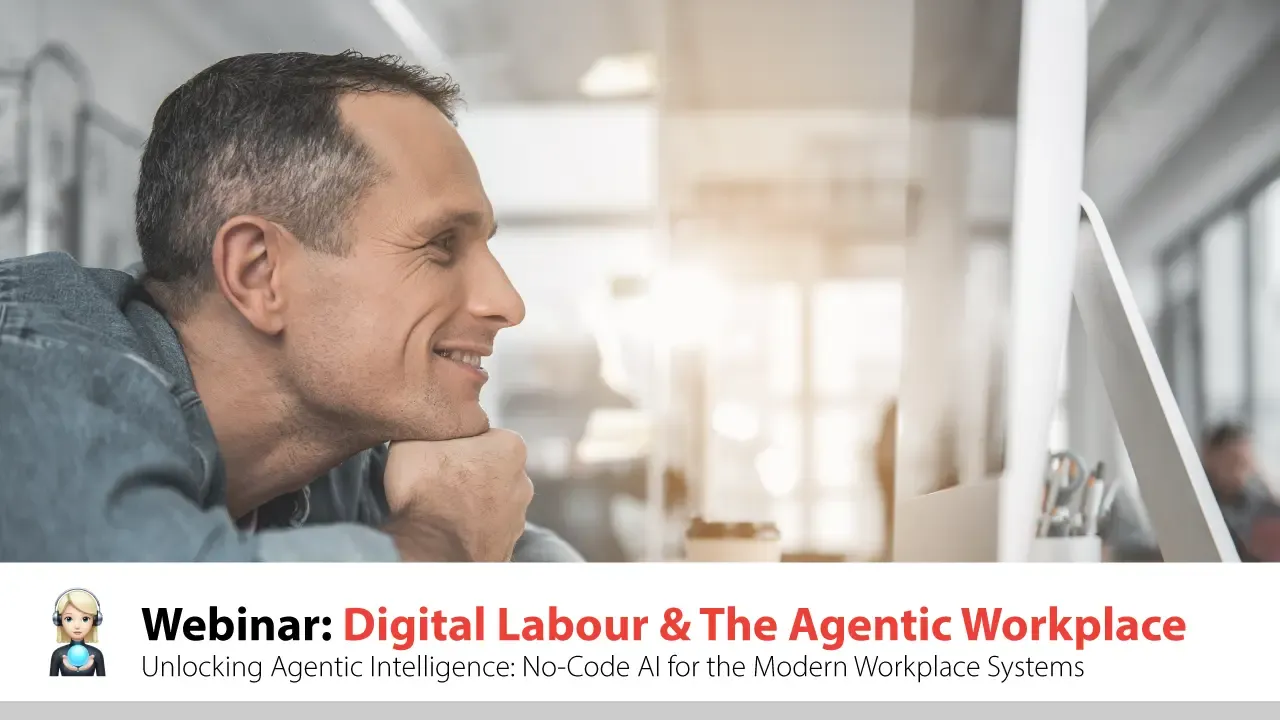Systemic Child Safety Failures Revealed in Melbourne
Jul 04, 2025
Beyond the Headlines: Why the Melbourne Childcare Case Is Just the Tip of the Iceberg
The recent child abuse case in Melbourne involving a childcare worker charged with over 70 offences—including child rape and possession of child abuse material—has sent shockwaves across Australia. The scale and duration of the alleged abuse, spanning eight years and multiple childcare centres, has prompted urgent reforms from Victorian authorities. But while the public response is warranted, this case is not an isolated incident. It is a stark reminder of a much deeper, systemic issue: child abuse occurs across all child-facing environments, and our current systems are not equipped to prevent it.
Child Abuse Is a Systemic Issue
Child abuse is not confined to childcare centres. It occurs in schools, sporting clubs, religious institutions, foster care systems, youth employment settings and our homes. The Royal Commission into Institutional Responses to Child Sexual Abuse revealed that thousands of children had been abused in environments where they were meant to be safe. These findings were not just tragic; they were a call to action.
In schools, abuse can be hidden behind the authority of educators. In sporting groups, coaches may exploit trust and physical proximity. Religious institutions, historically among the most notorious for institutional abuse, often suffer from opaque governance and a culture of silence. Even in employment settings, young workers can be exposed to grooming and exploitation, especially in industries with minimal oversight.
What makes these environments particularly dangerous is the illusion of safety they project. Parents entrust their children to these institutions, believing they are regulated, monitored, and staffed by professionals. But as the Melbourne case shows, even with background checks and compliance protocols, predators can slip through the cracks.
The Limits of Compliance and Oversight
The Working with Children Check, while essential, is not a dynamic system of accountability. It provides a snapshot in time, not a continuous safeguard. Many institutions lack the cultural and procedural foundations of a truly child-safe organisation. The Royal Commission outlined 10 key elements that define such organisations, including child-focused complaint processes, staff training, and child participation in decision-making. Yet, implementation remains inconsistent and often superficial.
Technology, which has transformed nearly every other sector, remains underutilised in child protection. Case management is fragmented, data sharing is limited, and early warning systems are virtually non-existent. This technological lag means that patterns of abuse often go undetected until it’s too late.
A New Approach: Safe Havens
This is where Safe Havens offers a transformative solution. Developed by Devworkz, Safe Havens is a modern safeguarding platform that uses AI and intelligent agents to revolutionise how child safety concerns are reported, assessed, and addressed.
Safe Havens enables 24/7 self-reporting and third-party reporting of allegations in a way that is child-friendly, accessible, and trauma-informed. Whether a child, parent, educator, or community member initiates a report, the system ensures the process is simple, supportive, and secure.
Once a report is submitted, AI is used to instantly assess the severity of the event, evaluate the child’s current risk level, and determine their immediate safety needs. This assessment is presented to safeguarding teams along with automated migration plans, processing guidelines, and recommended actions, enabling rapid and informed intervention.
Safe Havens is a showcase of modern AI-native logic and agent-based orchestration. It supports safeguarding teams with structured decision-making tools and real-time guidance, helping institutions move beyond reactive compliance toward proactive, child-centred safety cultures. Importantly, it ensures that children and families are active participants in the safeguarding process, with their voices heard, respected, and reflected in every decision.
AI Modernisation: Rebuilding the System
Complementing Safe Havens is Devworkz’s AI Modernisation Program for Child Abuse Systems (learn more here). This initiative is designed to upgrade legacy child protection infrastructure by embedding intelligent automation and data-driven processes into every stage of safeguarding operations.
The program enhances how child-safe organisations can manage reporting, coordinate responses, and share information. It introduces scalable digital workflows that reduce bottlenecks, improve consistency, and support frontline teams with timely insights. Modernising the underlying architecture of child protection systems helps institutions respond faster, collaborate more effectively, and maintain accountability throughout the safeguarding lifecycle.
Together, Safe Havens and the AI Modernisation Program offer a blueprint for a future where child safety is not reactive but responsive, intelligent, and inclusive. They represent a shift from fragmented, manual systems to intelligent, integrated networks that can truly support safeguarding professionals and protect children.
Conclusion: A Call to Action
The Royal Commission has clearly defined what constitutes a child-safe organisation, outlining the essential standards and practices required to protect children. These principles are not optional; they are foundational. When institutions fully implement these standards, they not only safeguard children within their environments but also contribute to building a broader, child-safe community.
Safe Havens and the AI Modernisation Program are not just innovations—they are necessities. If we are serious about protecting children, we must invest in the tools, systems, and cultures that make safety real, not just rhetorical.
For more information of Safe Havens
For more information on AI Modernisation of Child Safe Systems




